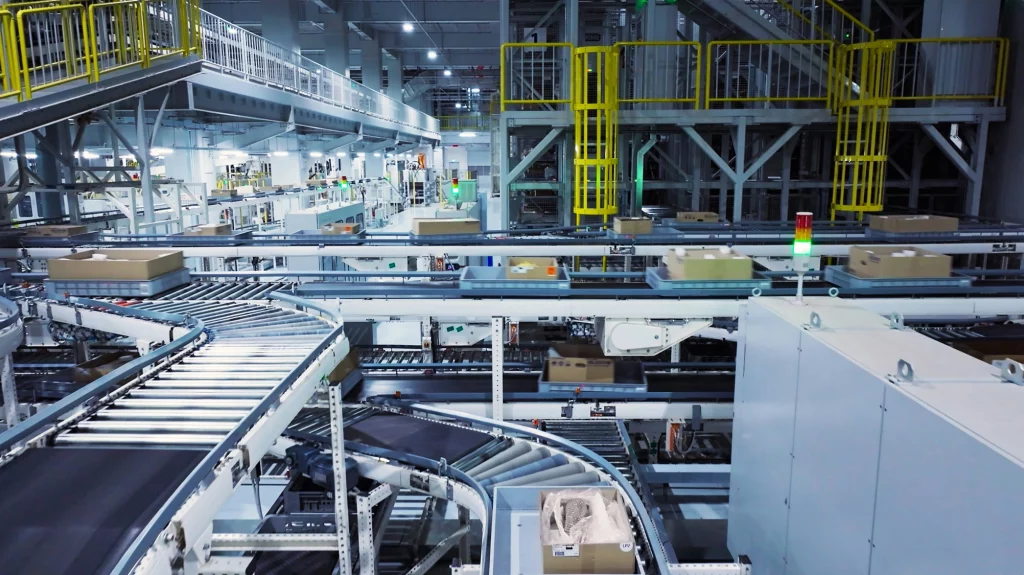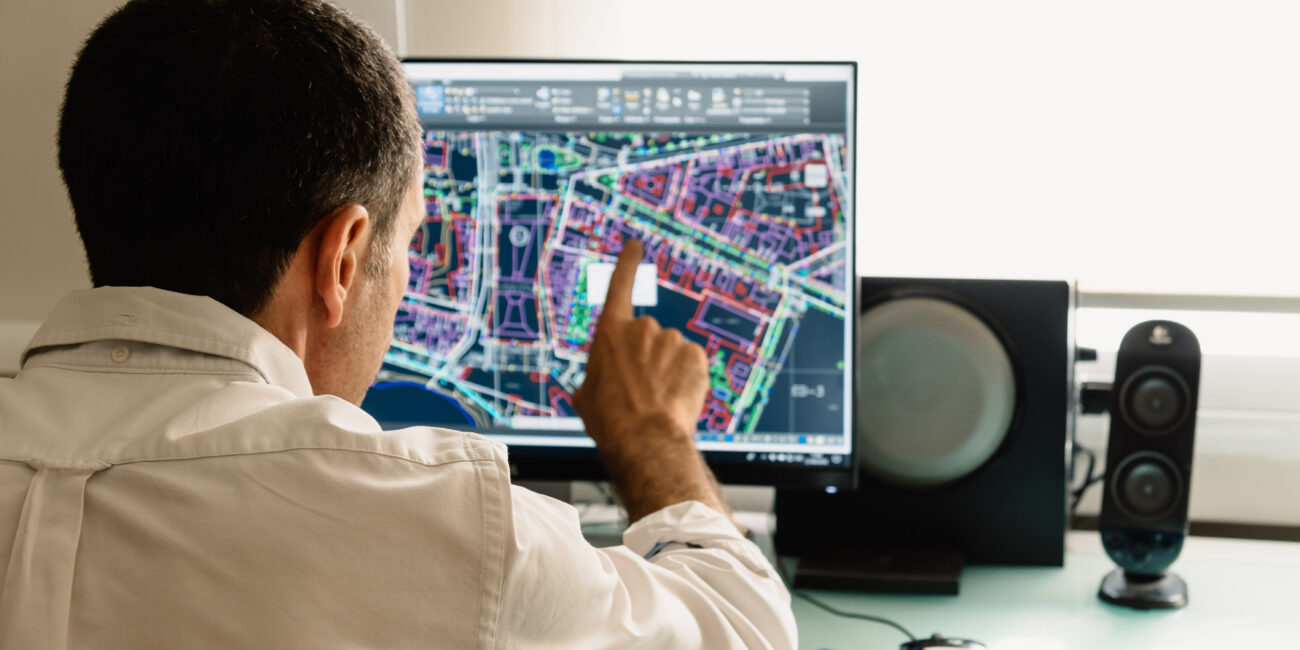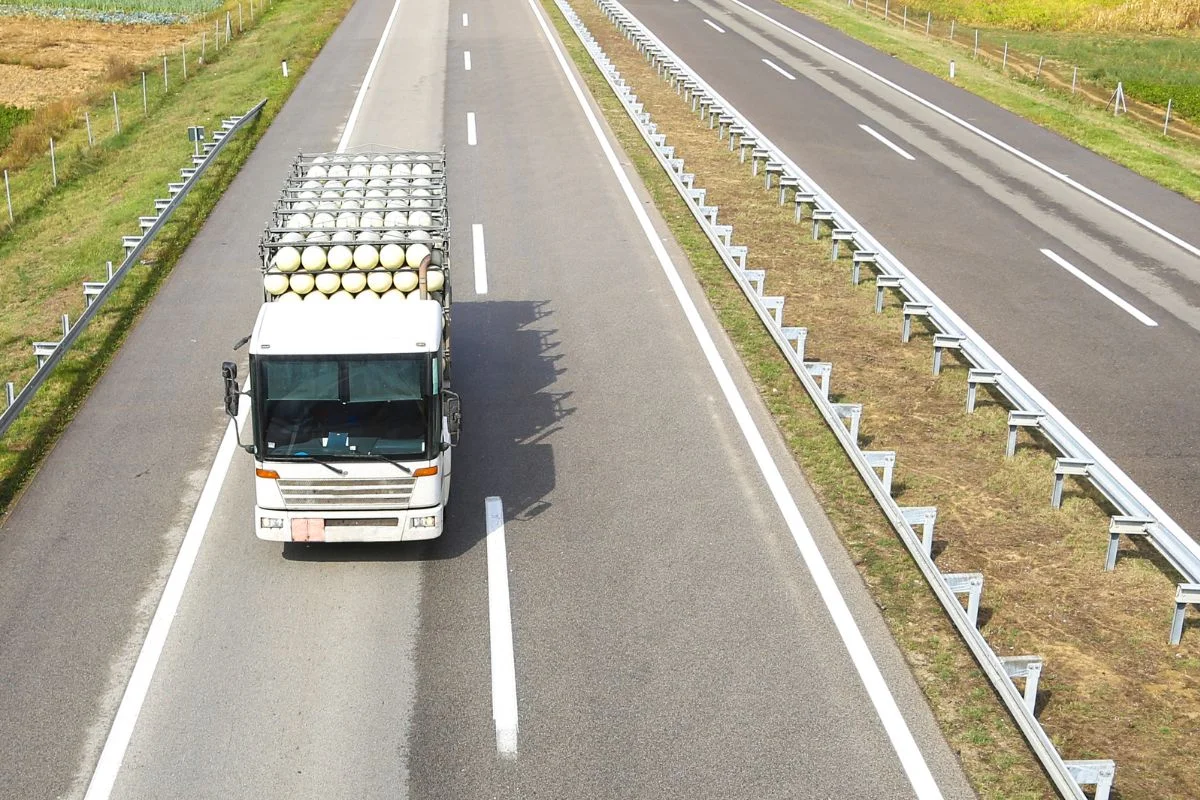Is Your Logistics Strategy Truly Optimized? A Gentle Wake-Up Call

In today’s fast-paced, customer-centric world, logistics is no longer just about moving goods from point A to point B. It’s about doing so smarter, faster, and more sustainably. Yet, many companies still rely on legacy systems or fragmented processes that may seem “good enough” — until they’re not.
If you’re reading this, chances are you’re already invested in improving your logistics operations. But here’s a gentle nudge: what if your current solution isn’t as optimized as you think?
Let’s explore why it might be time to take a closer look at your transport and logistics strategy — especially when it comes to the last mile and route optimization.

The Illusion of Efficiency
Many logistics managers feel confident in their systems because deliveries are happening, trucks are moving, and customers aren’t complaining — yet. But logistics is a game of margins. A few extra kilometers, a slightly inefficient route, or a poorly timed delivery can quietly erode profits and customer satisfaction.
Ask yourself:
- Are your delivery routes dynamically optimized based on real-time traffic and constraints?
- Can your system adapt to last-minute changes or disruptions?
- Are you tracking carbon emissions and fuel consumption in a meaningful way?
If the answer to any of these is “not really,” then your logistics might be running on autopilot — and that’s a risk.
The Last Mile: Where Optimization Matters Most
The last mile is often the most expensive and complex part of the delivery chain. It’s where customer expectations are highest and inefficiencies are most costly. A poorly planned last-mile strategy can lead to:
- Missed delivery windows
- Increased fuel costs
- Higher carbon footprint
- Frustrated drivers and customers
Optimizing the last mile isn’t just about GPS tracking or faster vehicles. It’s about intelligent planning, real-time responsiveness, and data-driven decisions.
Route Optimization: More Than Just Maps

When people hear “route optimization,” they often think of mapping software that finds the shortest path. But true optimization goes far beyond that.
Modern route optimization considers:
- Delivery time windows
- Vehicle capacities
- Driver schedules
- Traffic patterns
- Environmental impact
It’s a complex puzzle — and if your current system isn’t solving it holistically, you’re leaving money and efficiency on the table.
Transport and Logistics: A Strategic Advantage

Companies that treat logistics as a strategic function — not just an operational necessity — gain a competitive edge. They deliver faster, reduce costs, and build stronger customer relationships.
But to do that, they need tools that are:
- Flexible enough to handle real-world complexity
- Scalable to grow with the business
- Transparent to provide actionable insights
If your current solution doesn’t tick these boxes, it might be time to explore alternatives.
Signs It’s Time to Reevaluate Your Logistics Solution
Here are a few red flags that suggest your logistics system may need an upgrade:
- Frequent manual interventions to fix routing issues
- Lack of visibility into delivery performance
- Difficulty integrating with other systems (e.g., CRM, ERP)
- Inability to measure or reduce environmental impact
- Customer complaints about delivery delays or missed slots
Even if these issues seem minor now, they can compound over time — especially as customer expectations continue to rise.
A Warm Invitation to Reflect
This isn’t a call to panic. It’s an invitation to reflect.
Logistics is evolving rapidly, and staying ahead means being open to change. Whether you’re managing a fleet of 10 vehicles or 1,000, the principles are the same: optimize intelligently, deliver sustainably, and adapt continuously.
So, take a moment to ask yourself:
Is my logistics solution helping me grow — or just helping me cope?
If you’re unsure, that’s okay. Doubt is the first step toward improvement.
Ready to Explore Smarter Logistics?
There are powerful, user-friendly solutions out there designed to help businesses like yours master the art of logistics. From advanced route optimization to sustainable last-mile delivery, the tools exist — and they’re more accessible than ever.
You don’t have to overhaul everything overnight. But starting the conversation, asking the right questions, and exploring new possibilities can make all the difference.
Because in logistics, every kilometer counts — and so does every decision.